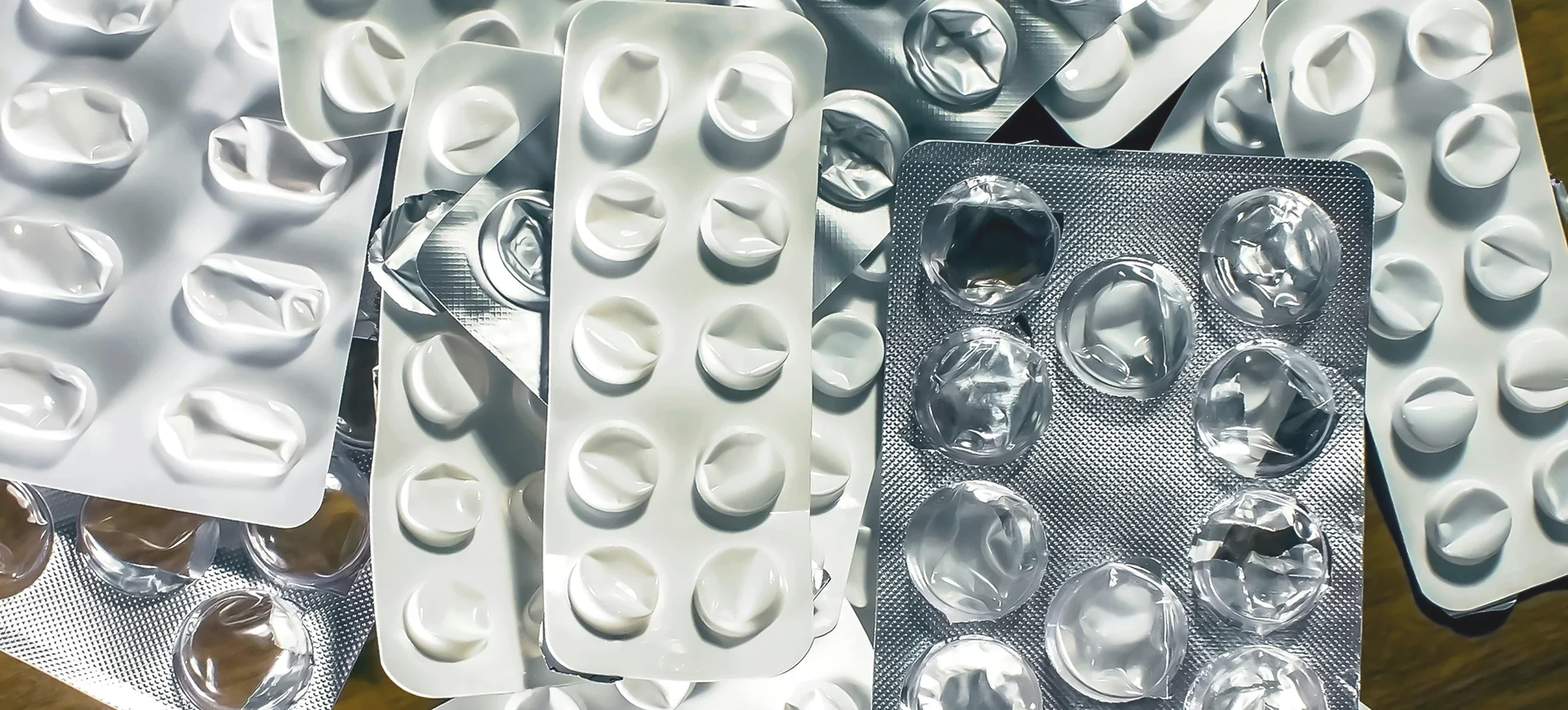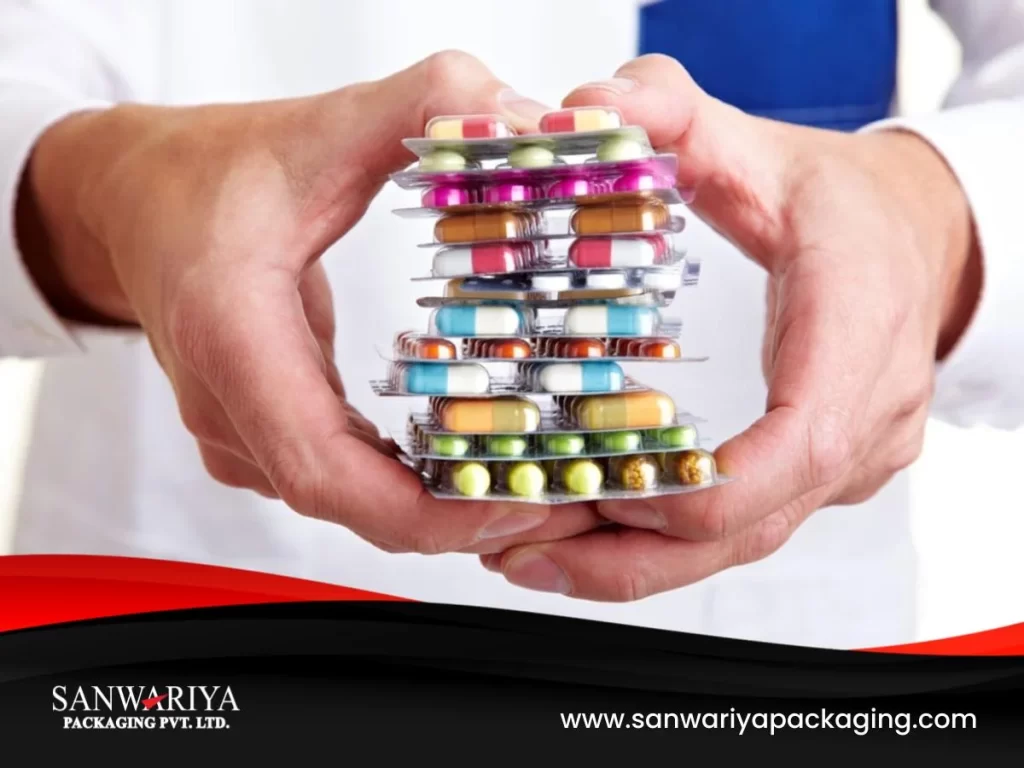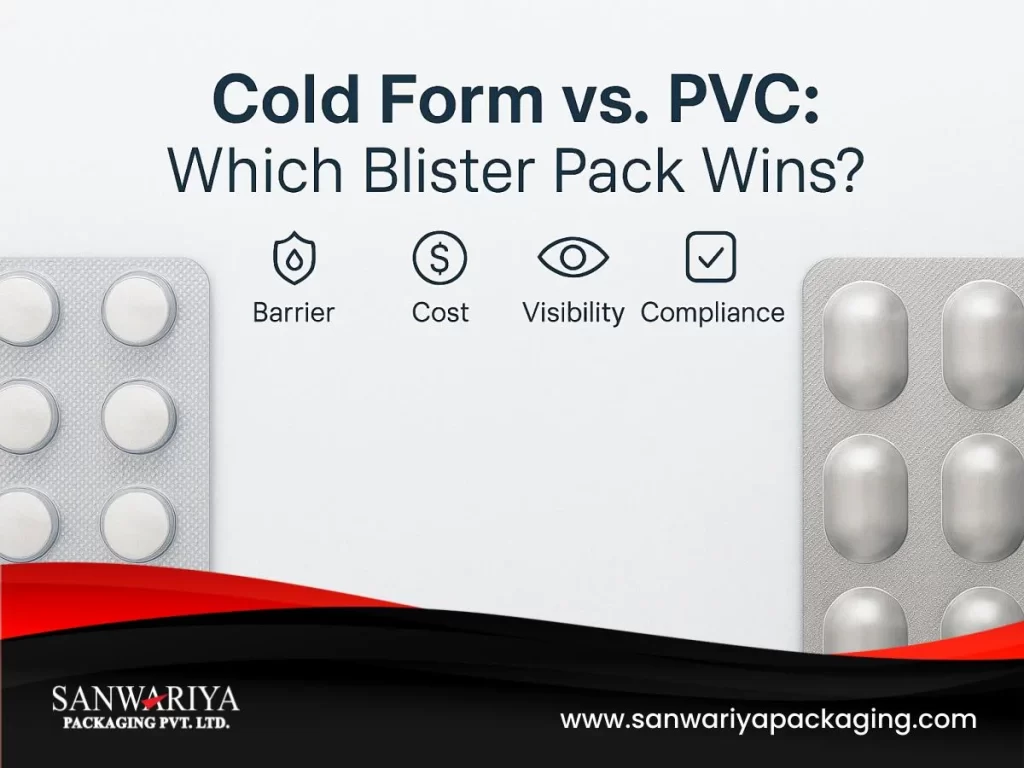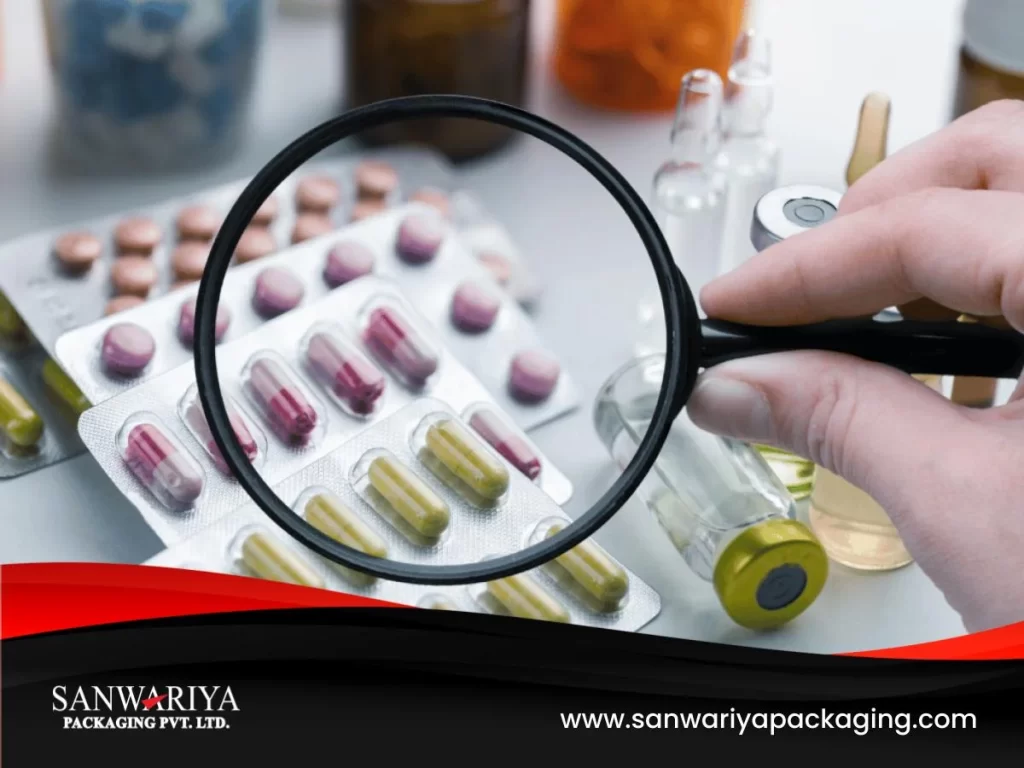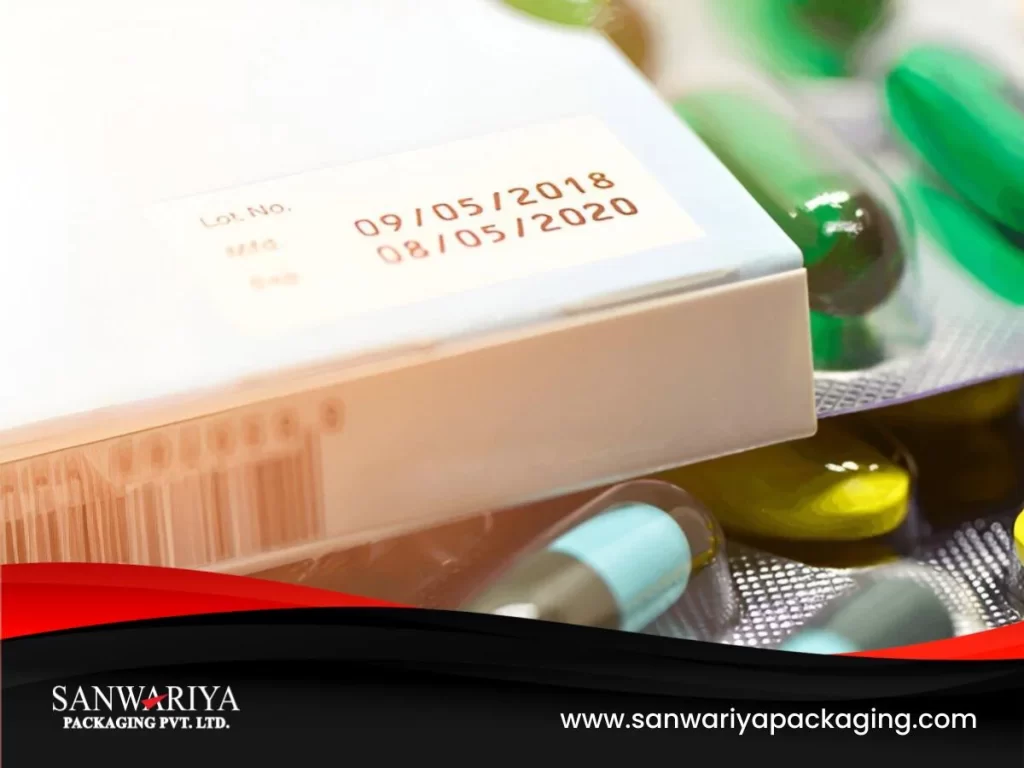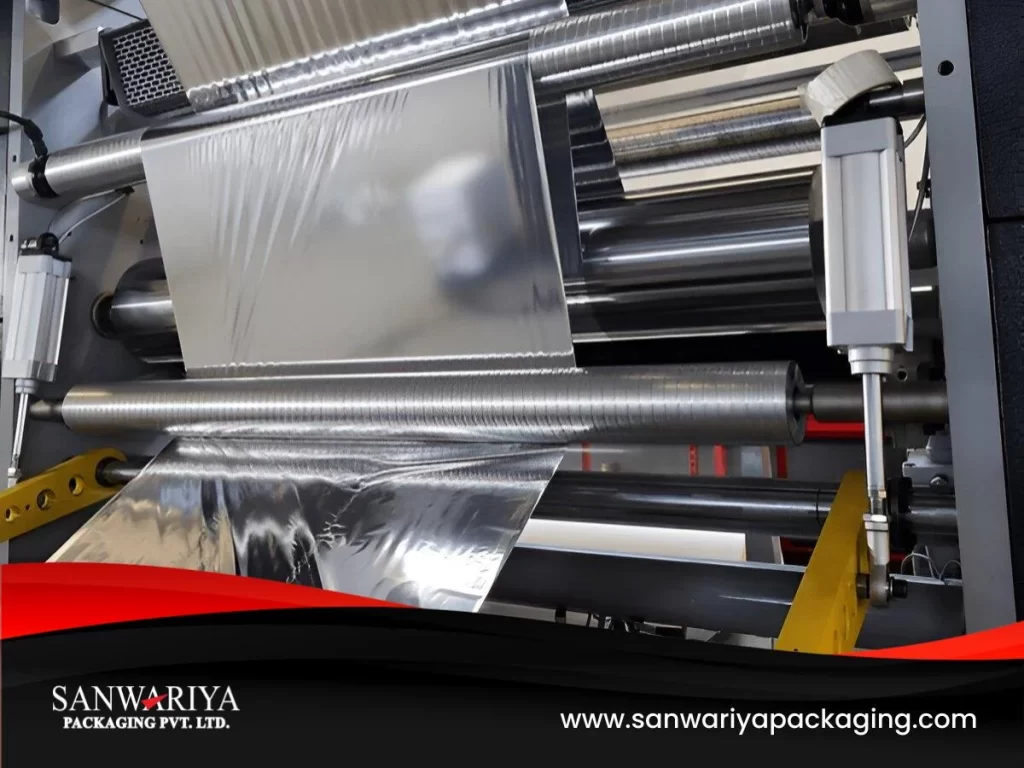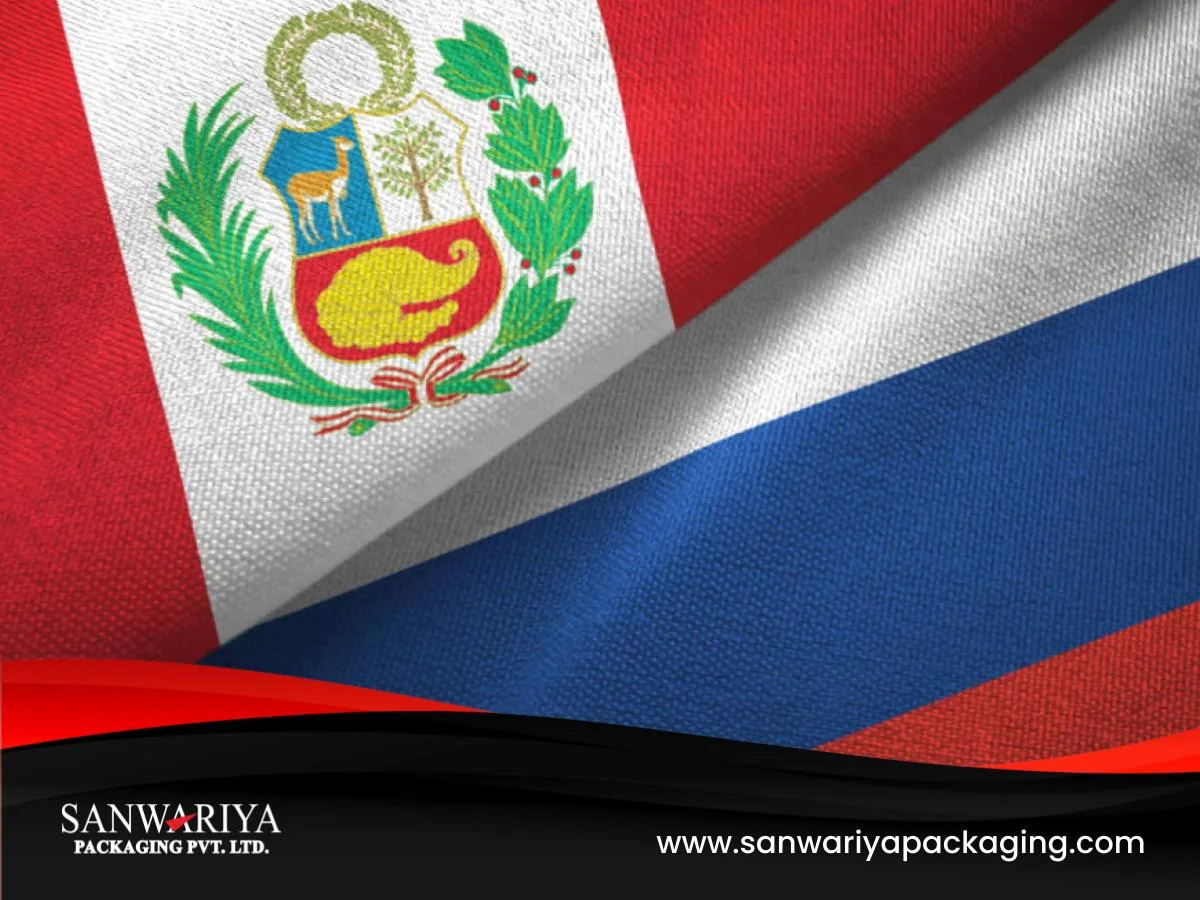
In today’s global pharmaceutical landscape, packaging compliance isn’t a checkbox — it’s your entry pass. With Latin America and the Russia–CIS region emerging as high-potential markets, exporters must prepare for unique packaging regulations shaped by serialization mandates, multi-language labeling, anti-counterfeit features, and regional barcode standards.
This guide breaks down what it takes to confidently ship compliant pharmaceutical products to these dynamic regions — and how Sanwariya Packaging can support you at every step.
Understand the Regulatory Landscape
1. Latin America
Composed of key pharma markets like Brazil, Argentina, and Colombia, the region is regulated by national authorities such as:
- ANVISA (Brazil)
- ANMAT (Argentina)
- INVIMA (Colombia)
2. Russia–CIS
Led by Roszdravnadzor (Russia) and governed under the Eurasian Economic Union (EAEU), these countries follow regionally aligned packaging and serialization protocols.
Each market enforces distinct requirements — making localized packaging expertise essential.
Compliance Snapshot: Latin America vs Russia–CIS
| Regulatory Factor | Latin America | Russia–CIS |
| Labeling Language | Spanish or Portuguese (country-specific) | Russian + local EAEU language (where applicable) |
| Serialization | Mandatory in Brazil (GS1 standard) | Mandatory via Chestny ZNAK, Russia’s national track & trace system |
| Anti-Counterfeit | Not mandated, but advanced features are encouraged | Tamper-evident and serialized packaging is legally required |
| Barcode Standards | Vary by country; Brazil uses GS1 DataMatrix | Mandatory DataMatrix, linked to government-regulated platforms |
| Regulatory Oversight | ANVISA, ANMAT, INVIMA, etc. | Roszdravnadzor, EAEU Technical Committees |
Top Challenges for Exporters
- Fragmented Standards –Latin America requires country-specific packaging and label formats. Uniform solutions often fall short.
- Serialization Mismatch – Brazil uses GS1, while Russia mandates Chestny ZNAK — two very different systems.
- Language Errors – Missing technical terms or poorly translated medical details can lead to customs rejections.
- Barcode Placement Issues – A 2mm error in barcode position or font size can delay approvals or lead to regulatory penalties.
How to Ensure Region-Ready Compliance
1. Work with Regulatory-Focused Packaging Partners
Collaborate with suppliers like Sanwariya Packaging, who are fluent in region-specific laws and technical nuances.
2. Use Flexible, Multi-Market Designs
Opt for packaging templates built to accommodate different label languages, serialization formats, and anti-counterfeit elements.
3. Deploy Serialization-Ready Printing
Invest in GS1-compliant and Chestny ZNAK-ready print systems — including high-precision DataMatrix and tamper-evident features.
4. Test with Local Compliance Experts
Validate final packaging with local auditors or consultants before launch to prevent errors and costly delays.
From Hurdle to Opportunity: Make Compliance a Competitive Edge
“The real cost isn’t compliance — it’s non-compliance.”
Compliance is no longer a burden — it’s your brand advantage. With Sanwariya’s support, you gain:
- Faster product approvals
- Fewer returns or repackaging costs
- Stronger regulatory trust
- Export-readiness across multiple geographies
Pharmaceutical packaging compliance in Latin America and Russia–CIS demands precision, expertise, and proactive execution. With regulatory frameworks tightening across both regions, exporters can no longer afford to treat compliance as an afterthought.
At Sanwariya Packaging, we specialize in high-performance, regulation-ready aluminum foil solutions — tailored for the global pharma landscape. From multi-language labeling and GS1 serialization to Chestny ZNAK compliance and tamper-evident printing, we make sure your packaging meets every requirement the first time.
Exporting to Latin America or Russia–CIS?
Let Sanwariya Packaging ensure your compliance — and your confidence.
Contact us today for tailor-made foil packaging solutions that protect your product, reputation, and global reach.
